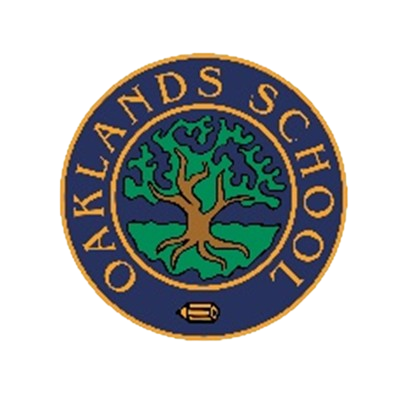Willow
Welcome to Year 1 - Willow
Mrs Andreas and Mrs Morgan
Literacy
We started a new text, Dragon Post by Emma Yarlett, about a boy called Alex who discovers a dragon living in his house. We even found a sign and some mysterious clues in the cloakroom and decided that our dragon must be hiding in there! We learnt new vocabulary such as moist and douse, and had great fun “dousing” a chalk-drawn dragon with water to stop it from breathing fire. We have also been learning about adjectives and created a delicious-sounding menu for the dragon.
Maths
We have now completed our Addition and Subtraction (within 10) unit. The children learnt how to subtract using a number line and have been solving a range of word problems, including subtracting one or two.
Phonics
We have finished our Autumn 2 Little Wandle assessments, and the children did incredibly well with their new graphemes and the Phase 5 tricky words learnt so far. We will continue to practise these graphemes, longer decodable words, and reading multisyllabic words.
History
We concluded our Driver Project, Childhood, by exploring the question: Was it better to be a child in the 1950s or today? Most of the class voted for “today,” although a few children thought it would have been fun to play safely in the streets with far fewer cars around. Most, however, were very pleased to have large, colourful televisions today!
Art
We reflected on our own and others’ creations from our topic Funny Faces and Fabulous Features. We discussed what we liked most about our work and what we might change or improve if we were to try again.
D&T
We created prototype mini-shelters using Lego, junk modelling, and loose parts, making sure to include a stable base, walls, a roof, and an opening. To finish our topic Shade and Shelter, we designed, made, and evaluated children’s play dens using sticks, fabric, pegs, and logs.
Geography
The children have been learning about hemispheres and continents and have been introduced to the countries, capital cities, and settlements of the United Kingdom. Next week, the children will be carrying out simple fieldwork to find out about local physical and human features.
Science
We have been continuing with our ‘Human Senses’ topic. The children have been thinking about times when their senses have kept them safe from danger, adding words, phrases, or pictures to record their thinking.
P.E
The children have been exploring making different shapes and holding balance positions. They have been creating their own travel actions to build short sequences and develop their confidence in performing.
Spring Term 2025
Click on the links below to see what the children in Year 1 will be learning in the Spring Term.
